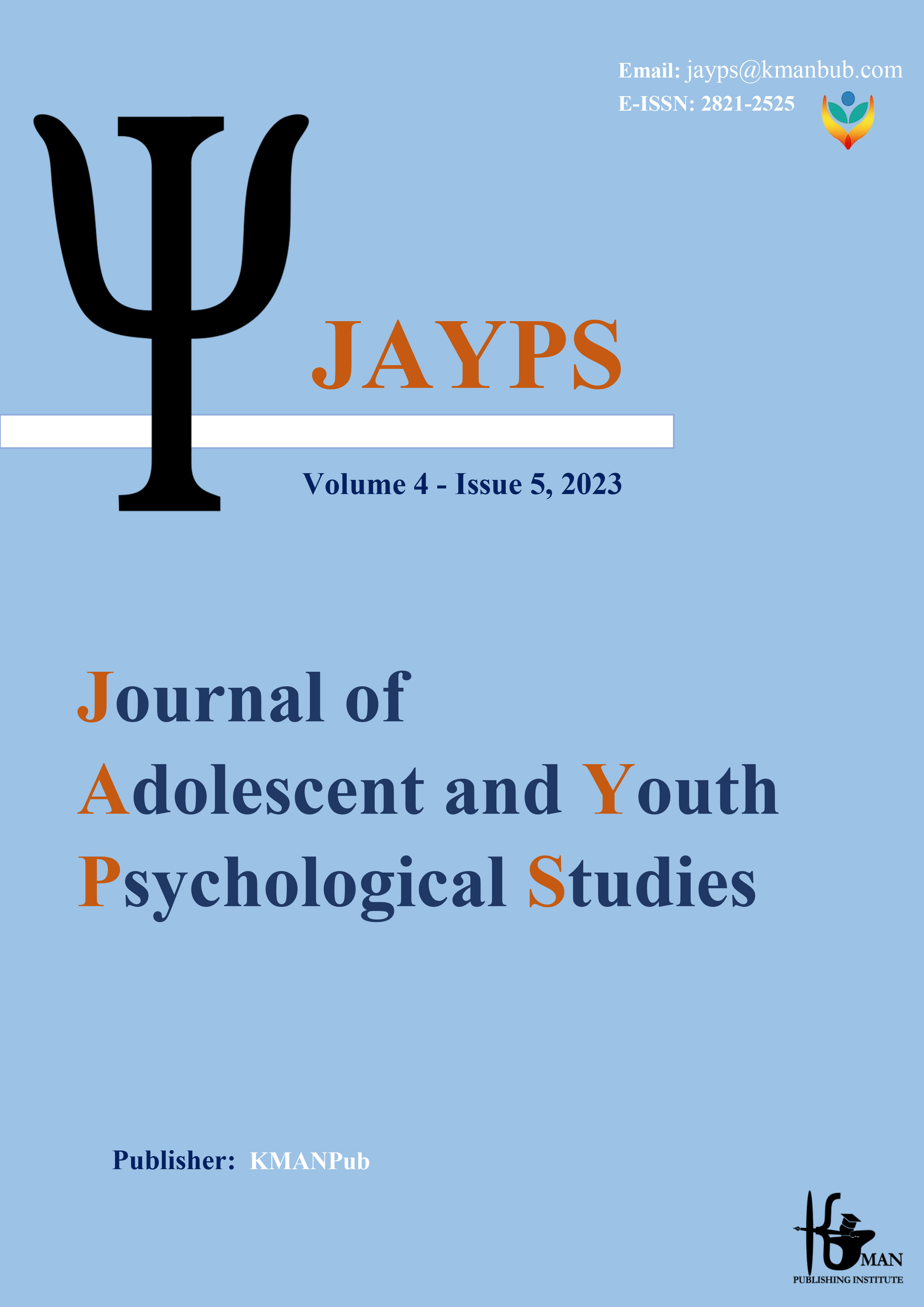Prediction of attitude towards marriage based on emotional intelligence in female students
Keywords:
attitude towards marriage, emotional intelligence, students.Abstract
Background and Aim: Today, one of the problems of young people is the lack of self-knowledge, which naturally leads to the lack of knowledge of the criteria and attitude towards marriage. The present study was conducted with the aim of investigating the prediction of attitude towards marriage based on emotional intelligence in female students. Methods: This is descriptive correlational research. The statistical population of this research includes unmarried female students of Islamic Azad University, Garmsar branch in the academic year 2022-23, 200 people were selected as the research sample using random cluster sampling. To collect the data, Bratin and Rosen's (1998) marriage attitude questionnaire and Austin et al.'s revised emotional intelligence scale (2004) were used. Data analysis was done using Pearson's correlation coefficient and multiple regression analysis. Results: The research results showed that there is a significant relationship between attitude towards marriage and emotional intelligence (p=0.01) and emotional intelligence can predict students' attitude towards marriage. Conclusion: Therefore, it can be concluded that emotional intelligence can play a role as an effective factor in predicting students' attitude towards marriage.
Downloads
Downloads
Published
Issue
Section
License

This work is licensed under a Creative Commons Attribution-NonCommercial 4.0 International License.









